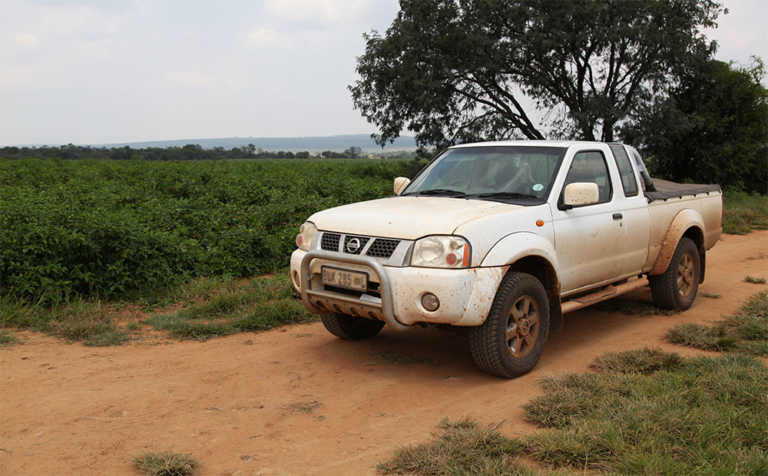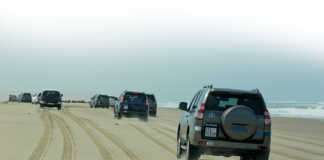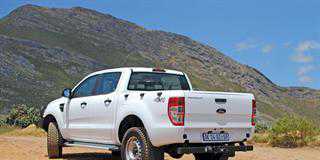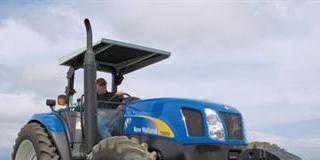
Photo: Gerhard Uys
Every vehicle leaves the factory with its wheel alignment set correctly. Thereafter, with driving and road impact, these settings inevitably change and require readjustment from time to time.
This consists of checking certain angles and distances and correcting them.
If this is not done, tyre tread life will be drastically reduced and steering feel will deteriorate.
Double-pivot steering
The steering arrangement on most early, four-wheel, horse-drawn carriages consisted of an axle that swivelled around a single vertical pin mounted centrally near the front of the vehicle.
An improved system was invented in 1789 by an Englishman, Erasmus Darwin, who used the idea on his own carriages. In 1817, the concept was ‘reinvented’ by a Munich carriage maker, Georg Lankensperger, and patented as the Ackermann steering system.
It employs a swivelling joint at each end of the axle, next to the wheel. The steering angles are arranged so that the inside wheel turn more sharply than the outside wheel in a corner, giving the least amount of sideways scrub during cornering.
The system was adopted for cars many decades later.
Camber angle
If the wheels and the swivel pin (the king pin) are both perfectly vertical, the steering becomes heavy during the turn and there is unnecessary tyre scrub against the road surface.
This can be minimised by angling the wheel outwards at the top when viewed from the front or rear; the extent of this angle from the vertical is the camber angle. It results in a light steering effort and reduces unnecessary tyre-road friction.
Toe-in and toe-out
Due to the camber angle, each front wheel tends to act like the base of a cone and roll accordingly. This is called camber thrust.
The left-hand wheel tends to move to the left when rotating, and the right-hand wheel tends to move to the right. This increases rolling resistance and tyre wear.
To solve the problem, the ‘toe’ of the wheels is altered: they are set to point slightly inwards when viewed from above. This angle effectively cancels out camber thrust, reducing wear.
Front-wheel-drive cars are often set toe-out, as power transmission tends to force the wheels inwards when seen from above.
Caster angle
On a bicycle or motorcycle, the front fork is angled backwards (positive caster) so that the tyre-road interface is behind the swivel axis.
If you watch carefully while swivelling the fork, you will notice that this action lifts the front of the bike slightly. This means that your weight plus the bicycle’s weight become a force that encourages the front wheel to resume straight-line travel as you emerge from the corner.
On a car, the kingpin is angled backwards in the same way, when seen from the side of the car (see diagram).
During cornering, the positive caster angle causes the front of the car to lift up, and this action helps the front wheels to return to the straight ahead position after turning without any effort on your part.
A large caster angle makes the steering stable but slow-acting, while a small caster angle makes it fast-acting, but increases undesirable steering feedback on a bumpy surface.
Jake Venter is a journalist and a retired engineer and mathematician.













